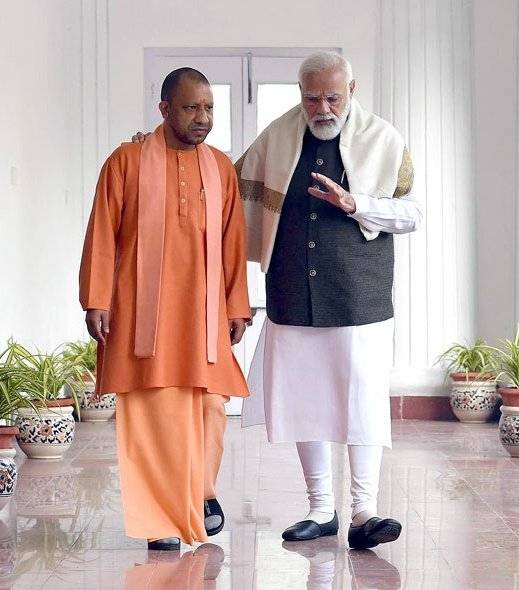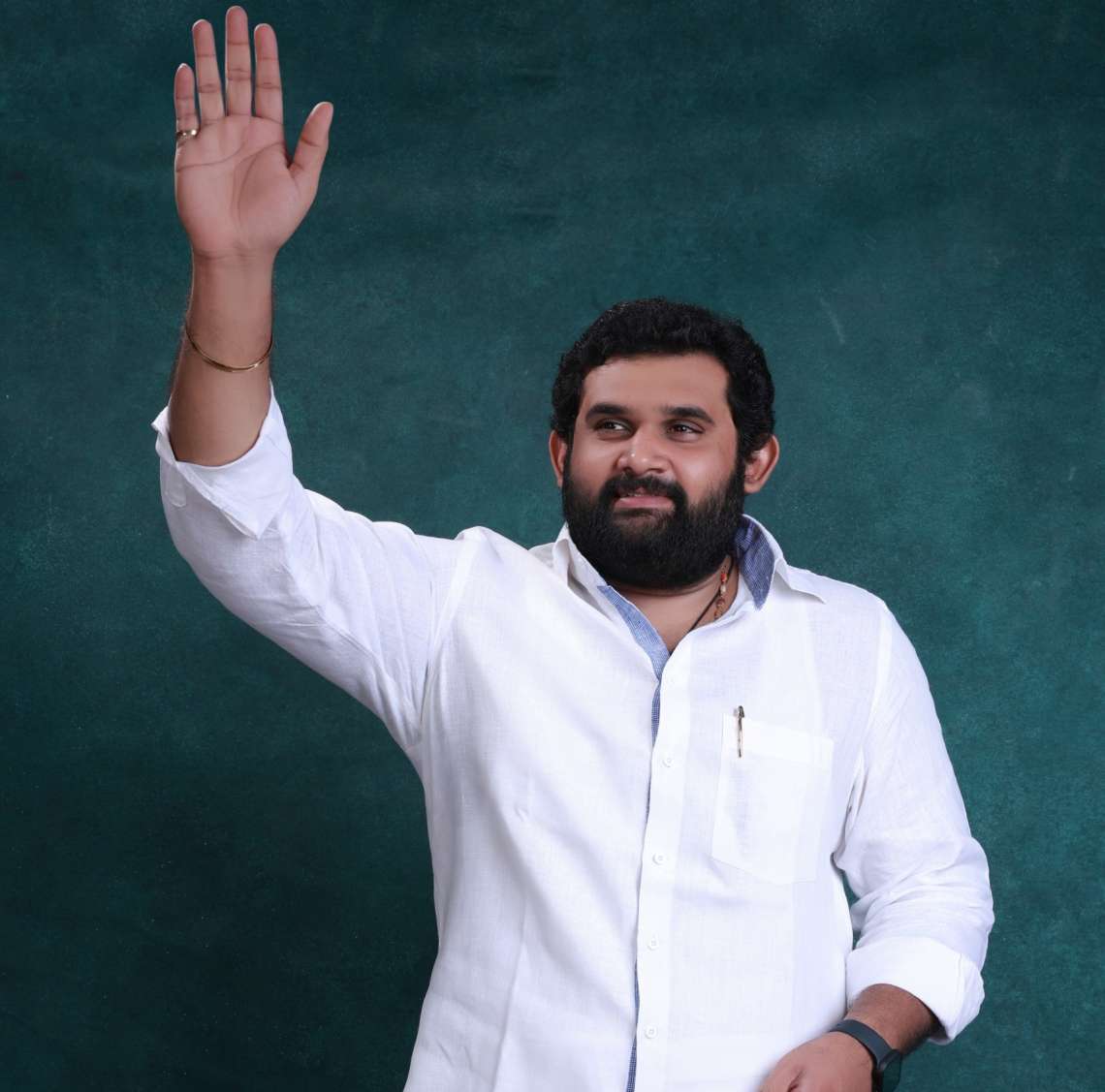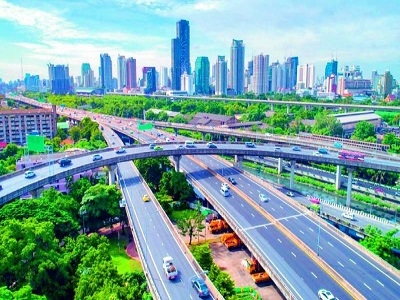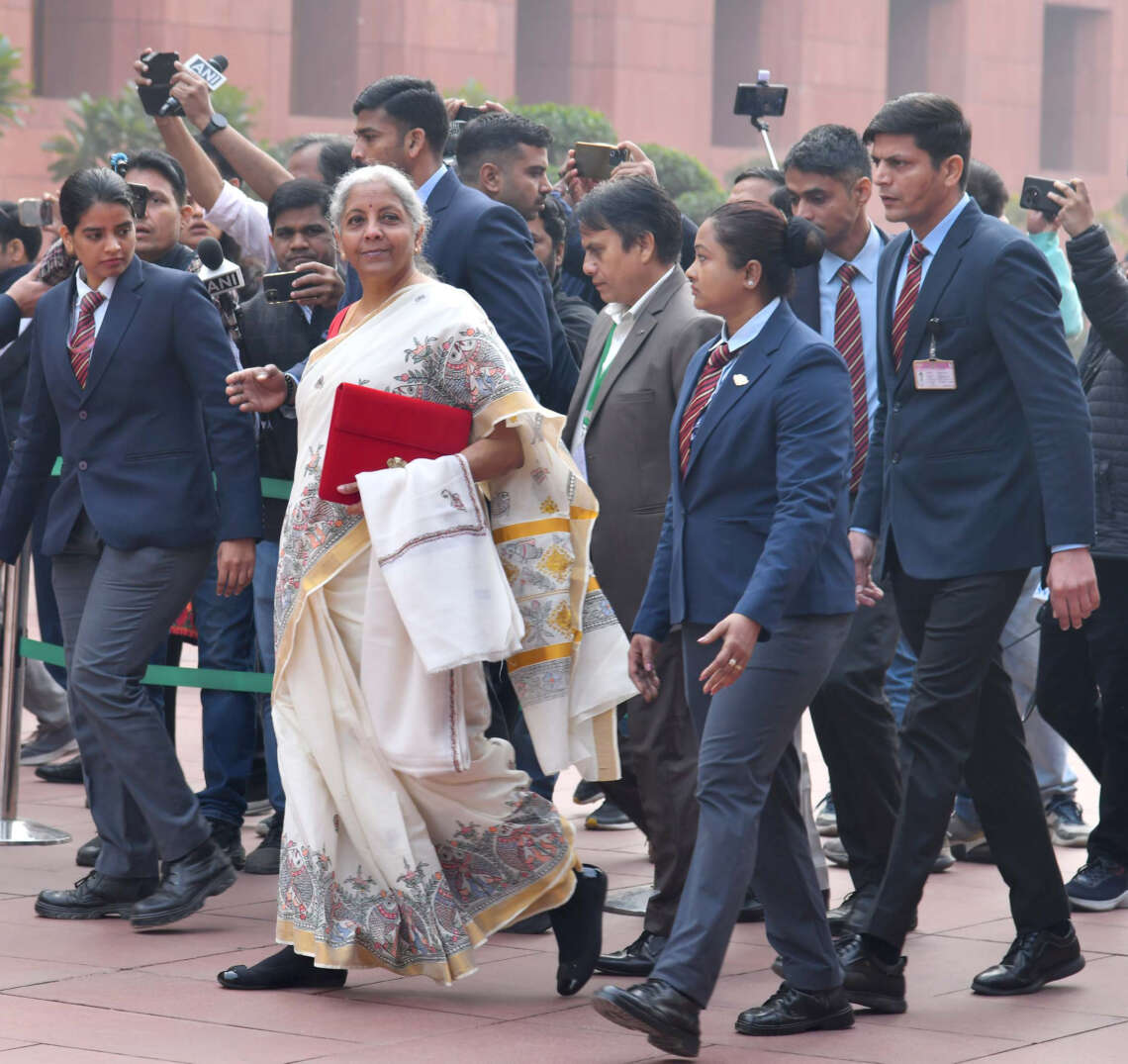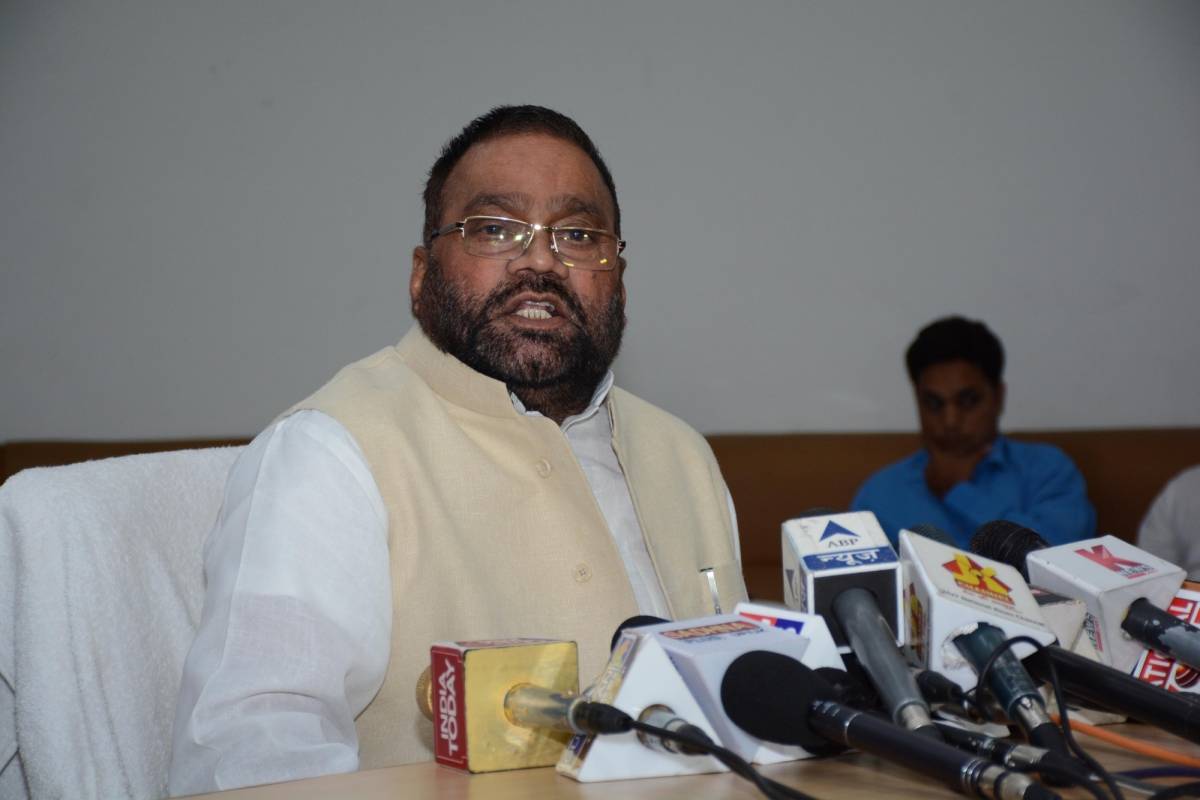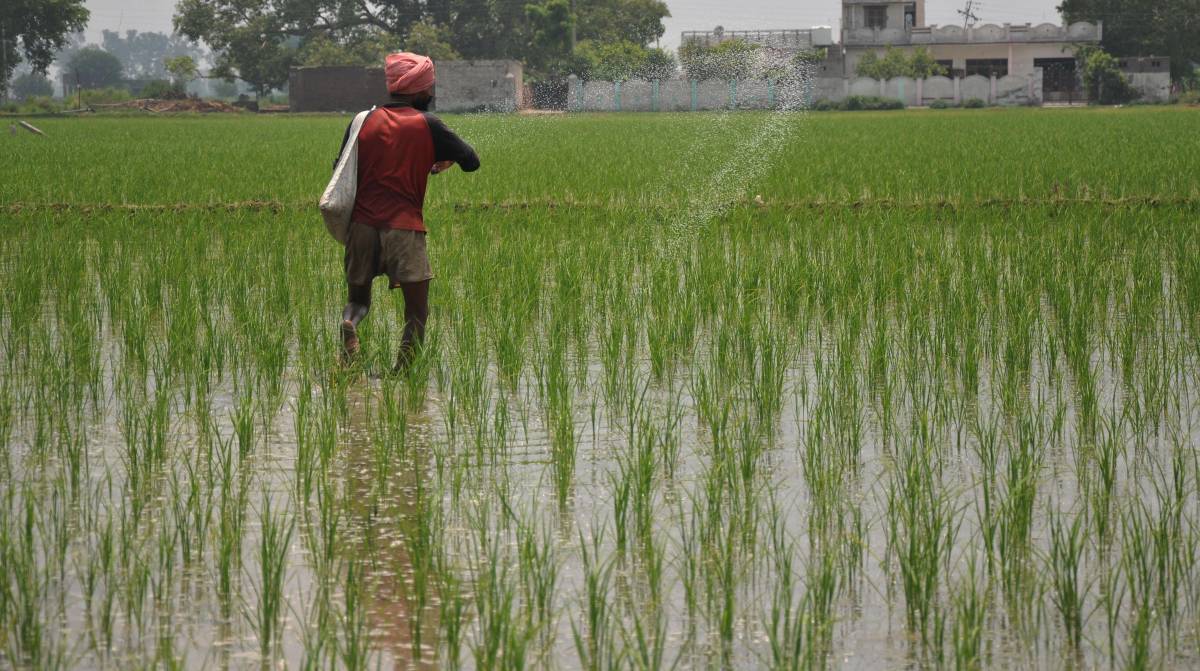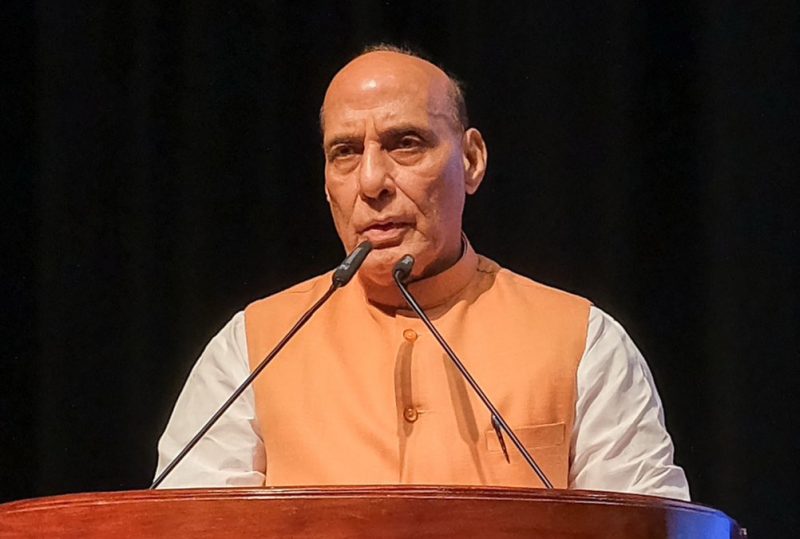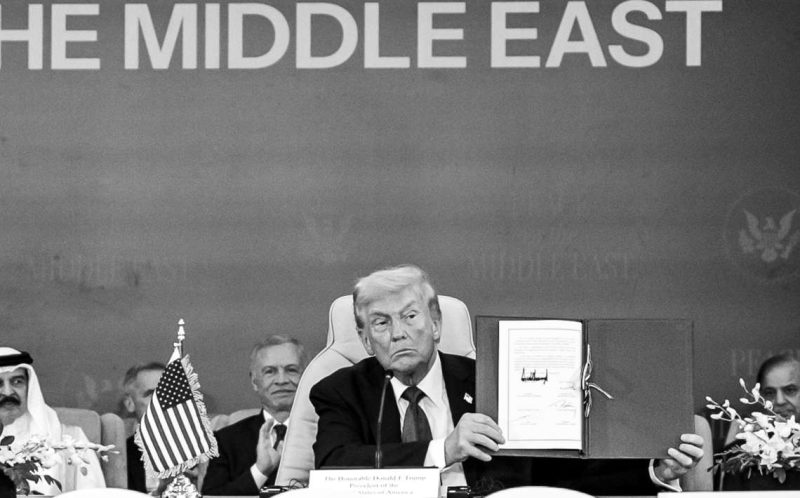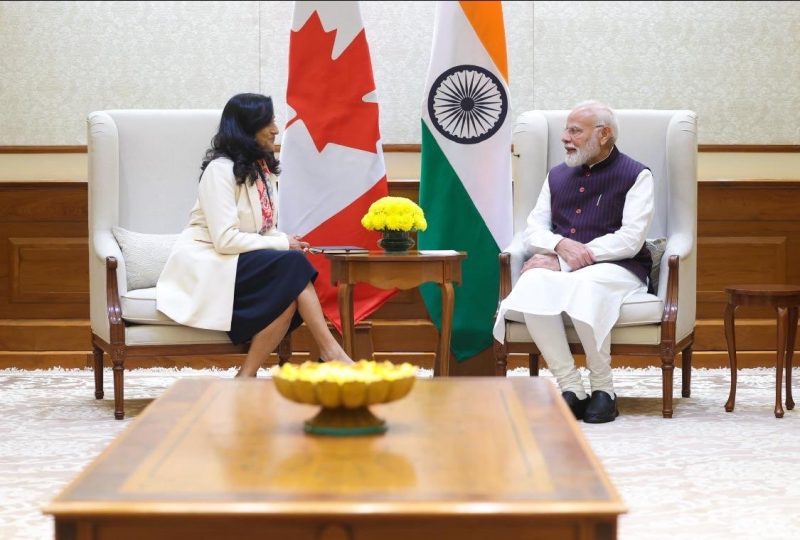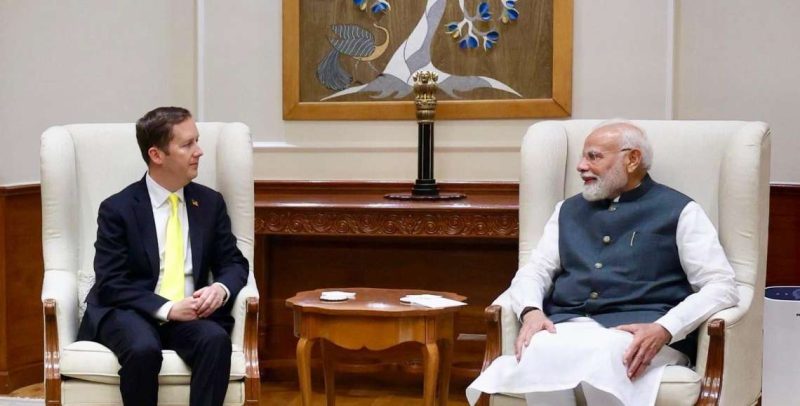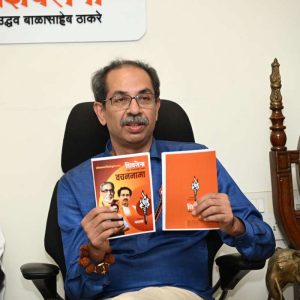A victory in the Uttar Pradesh assembly elections is especially crucial for the BJP in the run-up to the 2024 Lok Sabha polls, reports Asian Lite News
The victory in Uttar Pradesh, Manipur and Uttarakhand has come as a shot in the arm for the Bharatiya Janata Party (BJP) in the backdrop of the farmers’ agitation, Covid-19 pandemic, inflation and unemployment — factors that were expected to hurt the party’s prospects.
Results for assembly elections to five states, held over February and March, were announced Thursday. While the BJP won the aforementioned three states and looked set to assume power in Goa — where it reached the halfway mark — Punjab went to the Aam Aadmi Party (AAP).
A victory in the Uttar Pradesh assembly elections is especially crucial for the BJP in the run-up to the 2024 Lok Sabha polls.
With 80 Lok Sabha seats, the state is critical for the party in terms of laying the groundwork and generating momentum for its campaign to ensure a third consecutive term for Prime Minister Narendra Modi.
“The route to Delhi is via Lucknow. Since Uttar Pradesh has 80 seats in the Lok Sabha, it’s very important for the BJP to be in power in Uttar Pradesh to return to power in 2024…” Union Home Minister and the BJP’s chief strategist Amit Shah said in an interview last week.
The victory is also significant as it marks the first time in nearly 40 years that an incumbent government has been voted to power again in Uttar Pradesh.
Modi was the single most dominant factor for the BJP in UP, Uttarakhand and Manipur as the party campaign focussed on the benefits of a “double-engine” government, besides Covid-19 vaccination and the free rations scheme introduced to ease the blow of the pandemic on economically weaker sections.
The victory can be seen as a stamp of approval for PM Modi’s pro-poor policies and the last-mile delivery of schemes.
UP Chief Minister, Yogi Adityanath, has risen as a formidable vote catcher for the BJP in the Hindi heartland. His brushes with controversies only add to his popularity, the results suggest, and a new Modi-Yogi iteration of Hindutva politics has reinforced the BJP in UP.
The voters had appeared anguished with inflation, stray cattle menace, poor Covid-19 management, and unemployment, but not enough to vote out the BJP government. A protracted agitation of farmers had minimal impact on the polls, as the BJP won many seats in its epicentre of west UP.
The election saw a decimation of the Bahujan Samaj Party, helping the BJP more than the SP. The Congress only helped in creating an atmosphere for the SP alliance, and barely opened its account.
Punjab’s voters have given a decisive mandate for an ‘alternative politics’ promised by the AAP, which won 92 out of 117 seats. AAP, which has been in power in Delhi for seven years, has built a reputation for its welfare schemes, particularly in health and education — two sectors that voters care a lot about.
That reputation stood AAP in good stead in Punjab, while the Congress and SAD were done in by the burden of their past sins. The projection of Bhagwant Mann as Chief Minister helped AAP, while the Congress seemed to have gained little by advertising the Dalit identity of Charanjit Singh Channi, who was appointed Chief Minister just five months ahead of the elections. The decimation of SAD signals the diminishing appeal of ‘Panthic’ or Sikh religious politics. The Sanyukt Samaj Morcha (SSM) — an amalgamation of 22 Punjab-based farmer outfits that spearheaded the agitation that forced the Centre to withdraw three controversial farm laws that it had enacted — failed to make any political impact.
In Goa, the BJP retained power, though the Congress put up a spirited fight. Goans can breathe easy, now that the State is not heading to yet another round of skulduggery to form a government. The BJP was also helped by the division of votes by players such as the Maharashtrawadi Gomantak Party (MGP), the Trinamool Congress, and AAP.
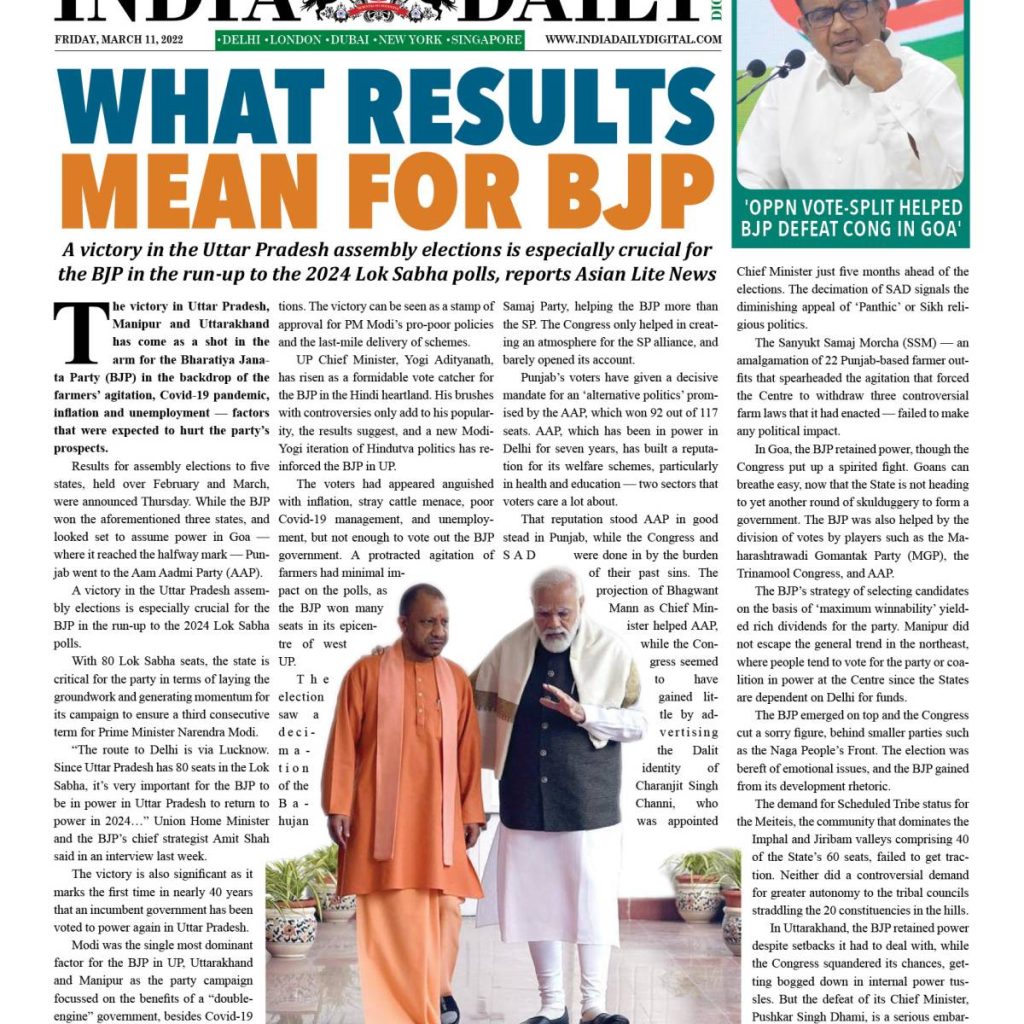
The BJP’s strategy of selecting candidates on the basis of ‘maximum winnability’ yielded rich dividends for the party. Manipur did not escape the general trend in the northeast, where people tend to vote for the party or coalition in power at the Centre since the States are dependent on Delhi for funds. The BJP emerged on top and the Congress cut a sorry figure, behind smaller parties such as the Naga People’s Front. The election was bereft of emotional issues, and the BJP gained from its development rhetoric. The demand for Scheduled Tribe status for the Meiteis, the community that dominates the Imphal and Jiribam valleys comprising 40 of the State’s 60 seats, failed to get traction. Neither did a controversial demand for greater autonomy to the tribal councils straddling the 20 constituencies in the hills.
In Uttarakhand, the BJP retained power despite setbacks it had to deal with, while the Congress squandered its chances, getting bogged down in internal power tussles. But the defeat of its Chief Minister, Pushkar Singh Dhami, is a serious embarrassment for the BJP. A fresh face would mean a fourth person as Chief Minister in a little over a year.
ALSO READ-Split in opposition votes helped BJP in Goa: Chidambaram


